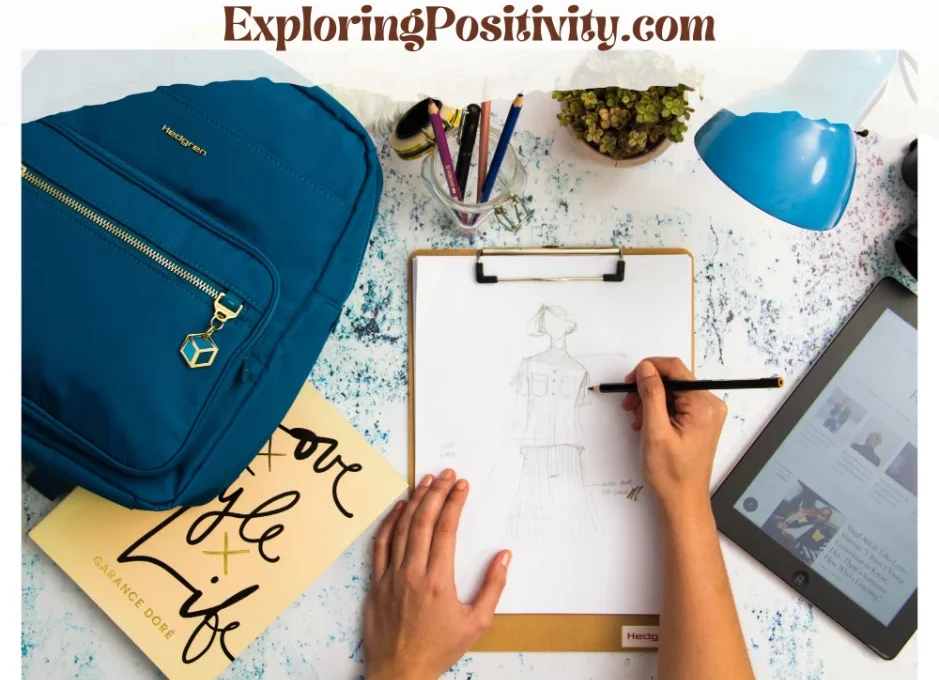Drawing is a beautiful hobby for people of all ages and skill levels. Whether you are just starting or have been practicing art for years, hobbies in drawing can provide hours of creative fun and personal fulfillment.
Learning any new skill can feel challenging at first. But don’t worry; drawing can become an enjoyable and rewarding hobby for anyone with time and practice.
By starting simple with the core techniques outlined in this article, having patience as you progress, and consistently practicing regularly, you’ll gain the skills and confidence needed to excel at drawing. Stick with it, and you’ll create fantastic artwork in no time!
Getting Started with Drawing Supplies and Tools
When beginning a hobby of drawing, one of the first steps is acquiring the right art supplies and tools. Here is an overview of some essential drawing materials for beginners:
1. Pencils
Pencils are likely the first tools that come to mind for any drawing hobbyist. They offer versatility in creating sketches, studies, finished artworks, and more.
Good starter pencils include 2B, 4B, and 6B graphite sticks, which produce dark lines perfect for shading and detail work. HB and 2H pencils will allow you to achieve lighter, finer lines for preliminary sketching.
2. Erasers
Just as important as pencils, erasers allow you to remove mistakes and shape your drawing as desired.
Kneaded erasers can be molded into points and shapes to target small areas. Large rectangular erasers help erase more extensive regions and provide a broad erasing surface.
3. Paper
The type of paper you select impacts the look and feel of the drawing. Fields, newsprint, and sketchbooks offer suitable, economical options for practice and study.
Higher-quality drawing papers provide smoother teeth and better hold media for finished pieces. Some examples are Bristol, cold press watercolor paper, mixed media paper, and illustration boards.
4. Other Media
Expanding beyond pencils opens up many creative options. Colored pencils, pens, markers, pastels, charcoal, graphite sticks, and more allow artists to experiment with color, line quality, shading, and textures. The media you choose depends on your artistic goals.

Subjects and Approaches for Drawing
As a hobby, drawing allows you to determine your subject matter and approach. Here are some common subjects and techniques to try:
1. Observational Drawing
This fundamental skill involves carefully observing a subject, often a still life, landscape, object, or even a person, and drawing what you see in a representational style.
This practice helps train your eyes to break down forms and compositions.
2. Nature Drawing
The natural world offers endless subjects, from flowers and plants to animals and landscapes. Drawing organic issues like these helps build observational skills and an appreciation for natural beauty.
3. Abstract and Experimental Drawing
If realism isn’t your goal, try drawing abstract compositions where you focus on shapes, colors, patterns, and emotions rather than replicating the literal subject. Use your imagination to invent new ways of mark-making with your chosen media.
4. Illustration and Cartoons
Drawing can bring imaginary subjects to life. Develop your characters and stories through drawing. Comic strips, storybook illustrations, concept art, and humorous cartoons offer ways to have fun and get creative.
5. Still life
This classic subject for drawing involves arranging objects like fruit, flowers, bottles, fabrics, and household items to form interesting compositions. Pay attention to lighting, form, and design.
Still, life drawing is an excellent practice for improving observational skills and technique.
6. Portraits
Drawing people can be very rewarding, though it does require practice to accurately capture the proportions and likeness of the human face and figure.
Start with short-timed sketches, focusing just on rough shapes and values. You can work your way up to longer poses and more finished portraits.
7. Landscapes
Capture the beautiful scenery around you by going outside and sketching plein-air landscapes on location. Or work from photographs back in the studio. Pay attention to perspective, relative shapes and sizes, and values to convey depth and mass.
8. Architectural Drawing
Buildings, interiors, cityscapes, and other manufactured structures make fascinating drawing subjects. Observe and sketch the lines, forms, light, shadows, and textures you see, considering perspective and proportion.

Developing Your Drawing Skills Over Time
Drawing well takes patience, practice, and persistence. It is helpful to give yourself grace as a beginner while actively developing your skills. Here are some tips:
1. Practice Fundamentals
Work on drawing basics like line quality, shading techniques, proportion, perspective, composition, and form. Mastering fundamentals equips you with core skills applicable to any subject matter. Taking classes can help build this foundation.
2. Draw from Life
Observational drawing from real-life subjects trains your eyes and improves your technique. Make time to regularly draw objects, people, landscapes, and more from life. This also sparks creativity by exposing you to new subjects and perspectives.
3. Study Master Drawings
Looking at historical and contemporary master drawings provides inspiration and insight into what makes a practical illustration.
Observe and apply techniques you admire in other artists’ work. Copying master drawings directly is also helpful for learning.
4. Fill Sketchbooks
Keeping a sketchbook helps cultivate the habit of drawing daily. Sketch ideas, studies, observations, and experiments freely without worrying about perfect finished pieces. This trains muscle memory and flexibility with drawing tools.
5. Expand Your Media Range
Trying new drawing mediums exposes you to new ways of working and perceiving subjects.
Take a mixed media approach, combining mediums like graphite, charcoal, colored pencils, pastels, markers, and more to create richly layered effects.
6. Take Classes
Consider taking studio art classes, online courses, or hiring a private art tutor to advance your skills. Drawing classes provide structure, assignments, expert guidance, and peer support for improving your technique.
7. Be Patient and Persistent
Becoming an accomplished drawer requires commitment over an extended period. Be patient with yourself, as skills take time to develop. Even master artists continually practice to refine their craft. Consistent practice is vital.
Styles and Techniques to Explore
One of the joys of drawing is experimenting with different visual styles, methods, and techniques. With experience, you can develop versatility and your unique approach. Here are some drawing styles to try:
1. Realism
This style aims to accurately depict subjects as they appear in real life with attention to believable proportions, values, perspective, and details. Realism provides critical observational practice for any artist.
2. Impressionism
Impressionist drawing uses quick, loose, visible brushstrokes and lines to capture the essence of a subject with lively movement. The picture feels almost unfinished, like a vivid impression of the scene.
3. Expressionism
With expressionism, the goal is to convey emotion and subjective experience over realistic appearances. Manipulate shapes, colors, and marks for dramatic effect. Exaggerate and simplify forms to their essence.
4. Surrealism
In this style, unexpected visuals reflect the fluid logic of dreams and the imagination. Combine unrelated, random elements and subjects in unbelievable ways. Anything goes in strange and surprising surrealist drawings.
5. Cubism
Cubist drawing flattens forms and depicts subjects from multiple angles simultaneously. Overlay and fragment shapes abstractly to show topics in a multifaceted way on a 2D surface.
6. Minimalism
Reduce drawing elements to clean, unembellished lines, geometric forms, and primary colors. Remove unnecessary details to focus on essentials. Aim for simplicity and restraint for understated impact.
7. Cross-Hatching
This shading method layers fine parallel lines in alternating directions to build up values and volume. Cross-hatching creates texture and form using simple lines overlaid in patterns.
8. Blending and Smudging
For smooth, blended shading, gently smudge and soften graphite or charcoal lines using a dry medium, cloth, cotton swab, or even your finger. Build smooth gradations of value and volume with this shading method.
9. Stippling
To shade with a textured dotted effect, repeatedly apply small dots of varying density with a pencil, pen, or marker. Clusters of dots appear darker, while sparser areas look lighter. Stippling works well for building complex tones.
10. Contour Lines
Contour lines trace over the edges and outlines of forms to convey shape and volume. Apply flowing lines of varying weight to describe the curves and transitions of the subject.
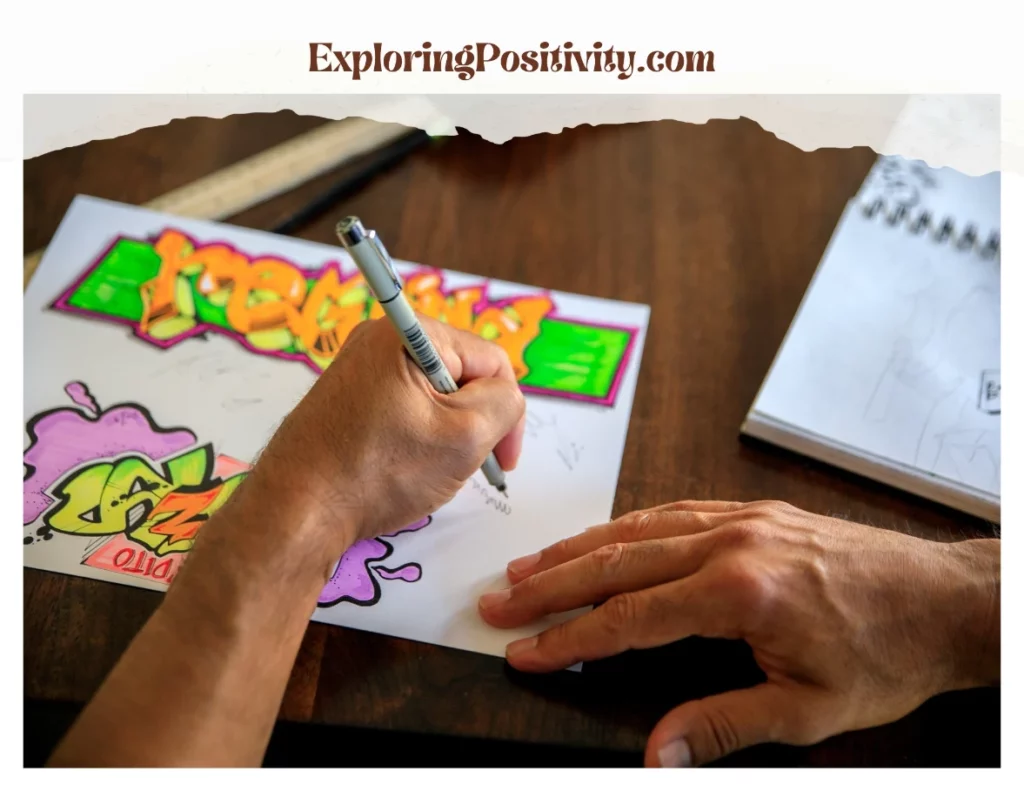
Effective Practice Strategies
Advancing your drawing abilities involves practicing regularly in an engaged, focused way. Steady practice over time leads to visible progress. Here are strategies for making the most of your drawing sessions:
1. Set Aside Time
Dedicate specific periods each week for uninterrupted drawing sessions. Consistency is vital – daily short practices of 30 minutes to an hour help reinforce skills better than infrequent long sessions. Schedule it as you would any other activity.
2. Distractions
Limit distractions in your practice space by turning off devices and removing clutter. Soft, instrumental music can help overcome background noise without becoming a distraction itself. Focus all your attention on drawing.
3. Vary Drawing Lengths
Complete short sketches taking just 1-2 minutes and more extended drawings spanning days. Quick sketches capture impressions, while extended drawings allow finishing details. Both are helpful.
4. Try New Subjects
Drawing the same familiar subjects can lead to stagnation. Seek out new, challenging topics and reference materials to broaden your practice. Explore new angles, compositions, and media too.
5. Keep an Art Journal or Portfolio
Documentation helps track your progress. Keep a journal of your work to review growth over weeks, months, and years. Update your portfolio with finished pieces that showcase your improvement.
6. Do Warm Up Exercises
Loosen up mind and body with warm-up gesture drawing, contour lines, scribbling, shading swatches, studies of master drawings, or quick sketches before starting severe work.
7. Analyze and Critique Your Drawings
Honestly assess areas that worked well versus those needing improvement in each drawing. Identify your successes and weaknesses to guide your next practice session.
8. Engage Your Mind
Drawing requires full mental engagement. Observe, visualize your goals, focus intently on each mark, and remain present. Drawing mindfully significantly improves outcomes.
Helpful Habits for Drawing Practice
In addition to direct drawing time, developing certain habits in your daily life and workspace can be helpful for your progress as an artist. Here are some suggestions:
1. Carry a Sketchbook
Have a small sketchbook and drawing tools to seize opportunities to sketch life on the go. Draw people, scenes, and objects from daily life whenever inspiration strikes.
2. Look Closely
Cultivate the habit of careful observation in all that you do. Train your eyes to look closely at shapes, proportions, values, and edges. Observational solid skills translate directly to improved drawing ability.
3. Find inspiration
Surround yourself with inspiring images and objects – collect art books, visit museums and galleries, and assemble interesting found objects, shells, or fabric scraps to depict. Immersing yourself in art boosts creativity.
4. Improve Your Attention Span
Drawing requires sustained focus over time. Work on lengthening your attention span in all activities by reducing distractions and developing concentration. A strong attention span allows you to persist and progress.
5. Learn Anatomy and Perspective
Seek out books and classes about anatomy, perspective, and other technical topics to strengthen foundational knowledge applicable to drawing any subject matter. Understanding the underlying structure improves realism.
6. Stretch Your Hand
Take breaks during long studio sessions to stretch your drawing hand and arm. Flexibility prevents soreness and strain that could hamper your progress. Care for your hands as athletes care for sports injuries.
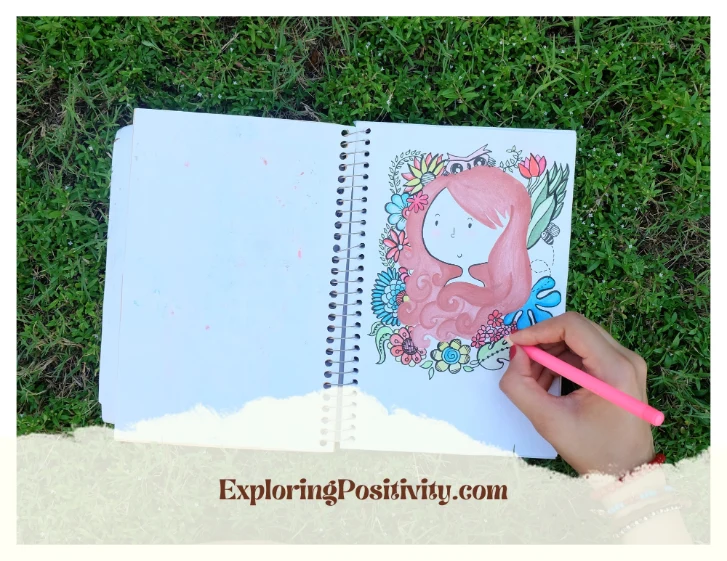
Health Benefits of Drawing
Far more than just a way to make art, the act of drawing can benefit your physical and mental health in many ways. Here are some of the wellness perks associated with drawing regularly:
1. Stress Relief and Relaxation
The repetitive motions and focused, mindful nature of drawing help induce a calm, relaxed state similar to meditation. Drawing reduces anxiety levels and muscular tension. It acts as therapeutic stress relief.
2. Boosted Focus and Observation Skills
Drawing requires close observation and concentration on the present moment, which improves focus over time. You also train your brain to perceive shapes, edges, proportions, and spatial relationships better.
3. Self-Expression and Emotional Release
Drawing provides a healthy way to process emotions, trauma, and life experiences through creative expression. Externalizing feelings through art facilitates insight and emotional regulation.
4. Brain Stimulation and Cognitive Function
Drawing engages extensive neural pathways and both right and left brain activity related to focus, hand-eye coordination, problem-solving, spatial reasoning, planning, and visual processing.
5. Improved Eye-Hand Coordination
Drawing synchronizes and strengthens the link between what your eyes perceive and how your hand translates visually through intricate movements. This eye-hand link is critical for many tasks.
6. Self-Confidence and Sense of Mastery
As your drawing skills improve with practice over time, this mastery gives you immense accomplishment and self-confidence. Setting goals and seeing progress is fulfilling.
7. Preservation of Motor Skills
Drawing maintains excellent hand-eye coordination, agility, and motor control. The brain-hand pathways activated by drawing help reduce age-related declines in fine motor skills.
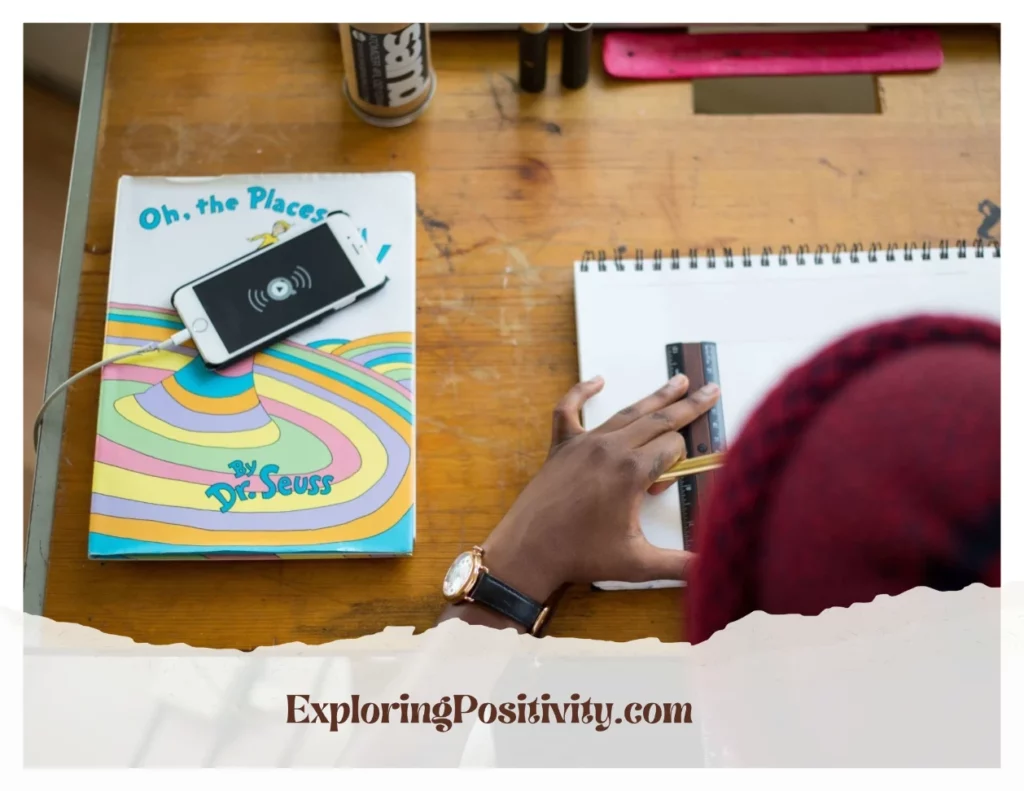
7 Tips for Sticking with Drawing Long-Term
For many, the most challenging aspect of drawing is not the practical skill but the self-discipline to stick with it long-term. Here are some final tips for maintaining picture as a consistent hobby:
1. Set Goals
Set specific, measurable weekly and monthly skill goals to motivate yourself and track progress. Achieving milestones keeps you invested in developing your artistic abilities further.
2. Join a Community
Find inspiration and accountability through joining local art classes, clubs, or online art communities. Share your work and progress with others for constructive feedback.
3. Celebrate Small Wins
Establish a sense of forward momentum by celebrating even small successes and milestones reached through regular practice. Achievement fuels motivation.
4. Arrange a Dedicated Studio Space
Set up a designated drawing space with your supplies organized and ready to inspire you to begin work whenever you sit there. Structure enables consistency.
5. Schedule It In
Treat drawing sessions like any other non-negotiable appointment. Block off specific hours in your calendar and stick to your art time commitment no matter what.
6. Be Patient with Yourself
Understand that growth requires patience and sustained effort over time. Avoid judgmental inner dialogue. Instead, approach drawing with compassionate self-acceptance and a growth mindset.
7. Enjoy the Process
Drawing well is a journey without a fixed destination. Find joy in creating and expressing yourself through art in each moment. With regular practice, progress naturally follows.
With the right motivation and consistent practice, drawing can become a hobby you stick with for life. Approach drawing as a fun outlet for creativity, peaceful relaxation, and positive challenge rather than a chore.
Let your inner artist emerge at your own pace through the simple act of making marks on paper. The sense of fulfillment from improving your skills will inspire you to keep drawing.
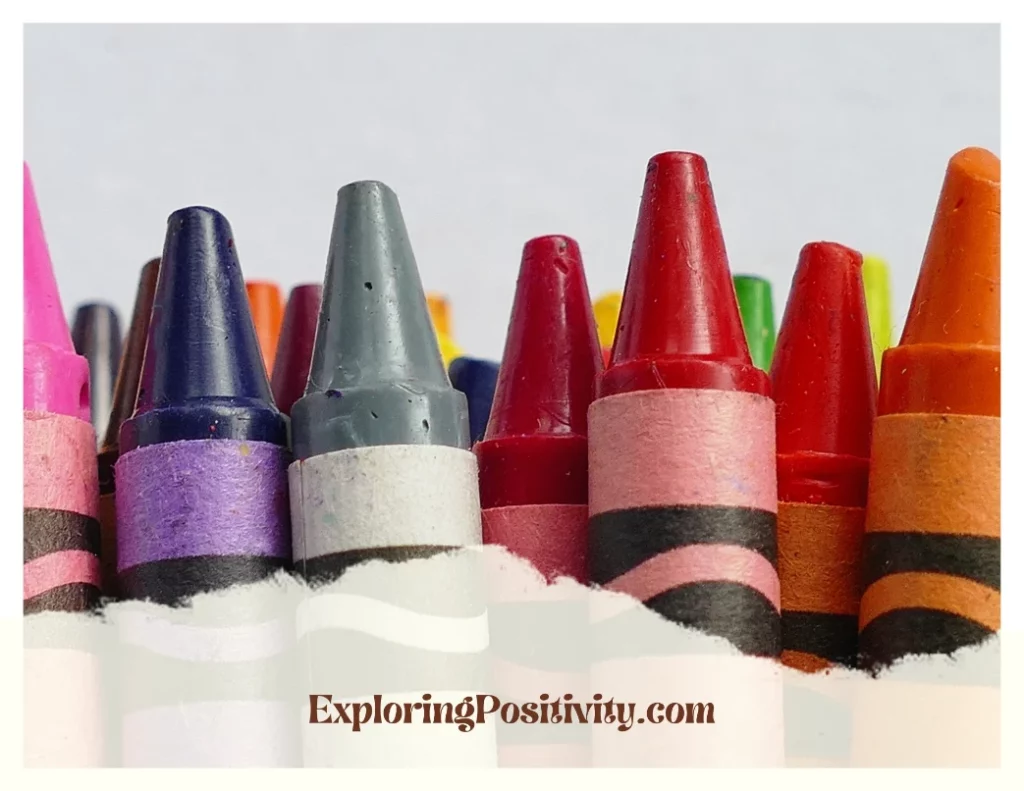
Helpful Drawing Resources
Here’s how to learn more about drawing:
How-To Books
Hit the library for step-by-step drawing technique books. Study the pictures for tips.
Online Video Tutorials
Watch drawing tutorials on YouTube and sites like Skillshare to pick up tricks.
Social Media Inspiration
Follow other young artists on Instagram and TikTok. Share your work, too, using fun hashtags!
In-Person Classes
Check community centers and art stores for drawing classes. Learning with others is fun.
Visit Museums and Galleries
Seeing fantastic art up close provides lots of inspiration. Many offer free youth programs.
The most important thing is to practice regularly, play around, and have fun! Art skills take time to build, but it’s so rewarding. Now grab a pencil and start drawing something extraordinary!
Final Thoughts on Hbbies in Drawing
Drawing is a fantastic hobby that lets your creativity shine! It doesn’t matter if you’re starting out or already an expert artist – there are always new things to learn and improve. The most important thing is to have fun with it.
Remember to keep practicing regularly. Sketch what you see around you every day, even if it’s just for 10 minutes. Try using new art supplies and methods sometimes, too. Experiment and explore! Make drawing a relaxing and inspiring part of your daily routine.
If you get stuck or frustrated, don’t give up. Everyone progresses at their own pace. Focus on your growth, not comparing yourself to others. Set little goals and celebrate small successes along the way. And remember to enjoy the simple joy of making art!
With enough practice over time, your skills may impress your friends and family. You could even become a famous artist someday! But most importantly, drawing is a healthy outlet for stress, positive self-expression, and expanding your creativity.
Keep nurturing your inner artist. Let drawing bring joy, focus, and beauty into your life daily. The future is a blank page full of possibilities. Grab your pencil and start making your mark today!
Some essential beginner drawing supplies include pencils, erasers, sketchpads or drawing paper, colored pencils or markers, and necessary drawing tools like blending stumps or tortillons. Start with basic, affordable options and build your supplies over time as you progress.
As a beginner, start with simple observational drawings of still-life objects, landscapes, or other subjects from real life. Quick sketches of people or pets are also great practice. Work up to more complex compositions and subjects requiring perspective or anatomical skills.
Frequent practice, taking art classes, studying master drawings, learning fundamentals like proportion and shading, drawing from life, filling sketchbooks, expanding your media range, and joining a drawing community can all help accelerate your artistic development.
Colored pencils and markers allow you to add color to your drawings easily. You can use watercolor pencils for wash effects. Soft pastels are also a colorful, dry medium. Apply colors using light layers and blending. Consider color theory for best practices with shades, tints, and complementary colors.




